Barefoot Running – What You Need To Know
Have you heard of barefoot running? Thousands of people are turning in their running shoes and enjoying running free. If you like to run or have ever considered running, you may find barefoot running interesting.
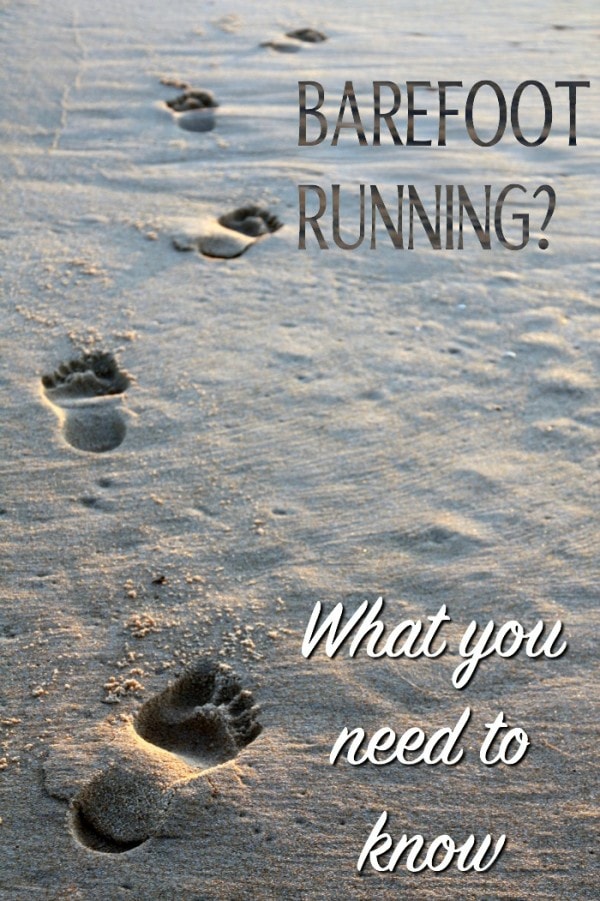
What Is Barefoot Running?
Barefoot running at its most basic is running without shoes. However, many people have taken the term a bit more liberally. They wear minimal shoes like thong-type sandals or shoes that fit a foot like a glove. The most popular of these glove-type shoes are the Vibram Five Finger shoes. They look like yoga socks and each foot is individually wrapped, like a glove. However, they have a patented rubber on the bottom.
The overall idea of barefoot running is to place your body into the running position nature designed. Supporters argue that a running shoe places your foot into an improper position and foot strike. This position causes ramifications throughout the body. Barefoot runners swear that they run faster, experience fewer injuries and have a better running experience.
The Benefits of Barefoot Running
If you’re truly running barefoot, then there’s no shoe expense. However, the strongest reason to consider barefoot running may be injury prevention. Many people struggle with running. They find that their knees, hips, shins and even their back can hurt after a run. Barefoot running experts claim that they don’t experience these types of injuries.
Getting Started with Barefoot Running
Getting started with barefoot running is often a series of experiments. You’ll likely want to try running au natural – sans shoes. You may also want to try running with thong sandals or the Vibram Five Fingers mentioned earlier. Whatever footwear decision you choose, you’ll probably want to start slowly. If you’re accustomed to running a few miles with shoes, you’re not going to run the same distance without shoes. Not at first, anyway. You’ll need to ease into the distance.
In addition to a learning curve where your body learns to run shoeless, you’ll also want to pay attention to your foot strike. Your foot strike is how your foot hits the ground. It hits differently without shoes.
Finally, the soles of your feet will need time to adjust. They won’t necessarily get hard and calloused. However, they will become more durable. Try running on grass or softer surfaces at first. Hitting a gravel trail or even the paved sidewalk and you may experience abrasions and injuries. Keep in mind your feet are not protected from sharp objects or debris, so you need to think about that when choosing your running path.
Barefoot running works for many people. They’ve found an injury-free way to run and gain the benefits running provides. If you enjoy running or would like to try running, consider trying it barefoot. You may be surprised how much easier it is.
More Fitness Articles to Read:
- Mind games I play to get healthy and stay healthy
- Daily fitness motivation – what I am doing to stay on track
- Power walking my way back to running
Have you ever tried barefoot running?

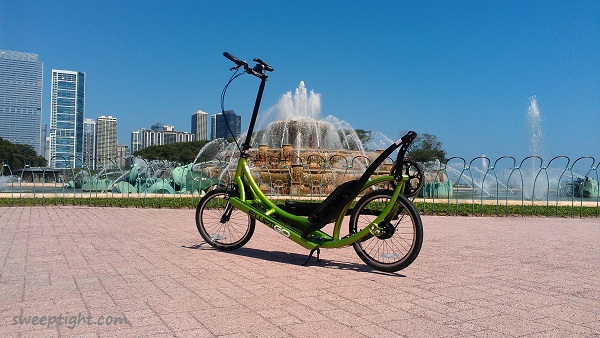
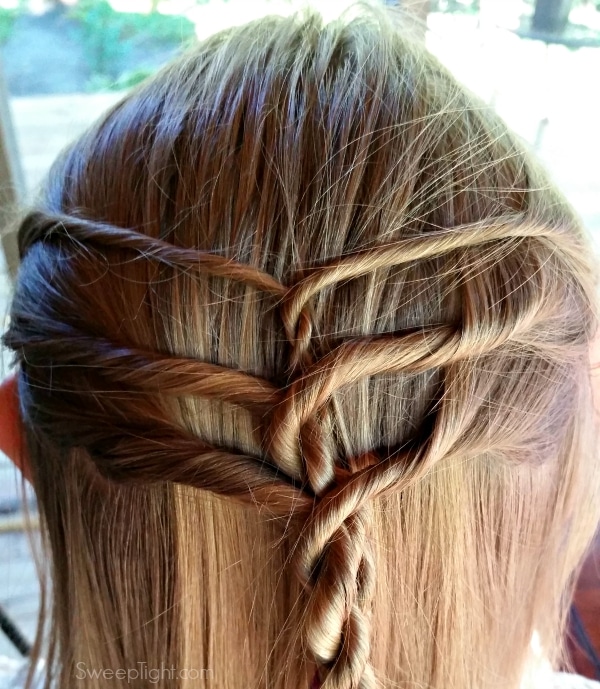

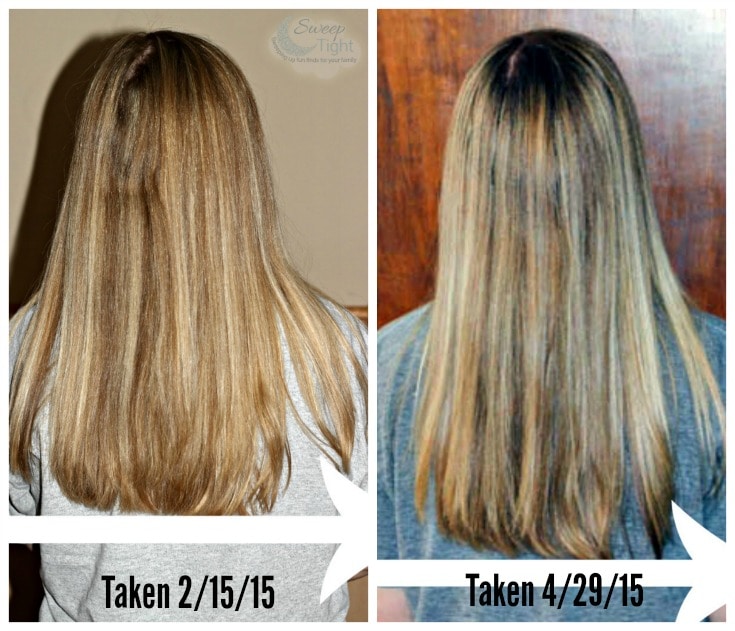
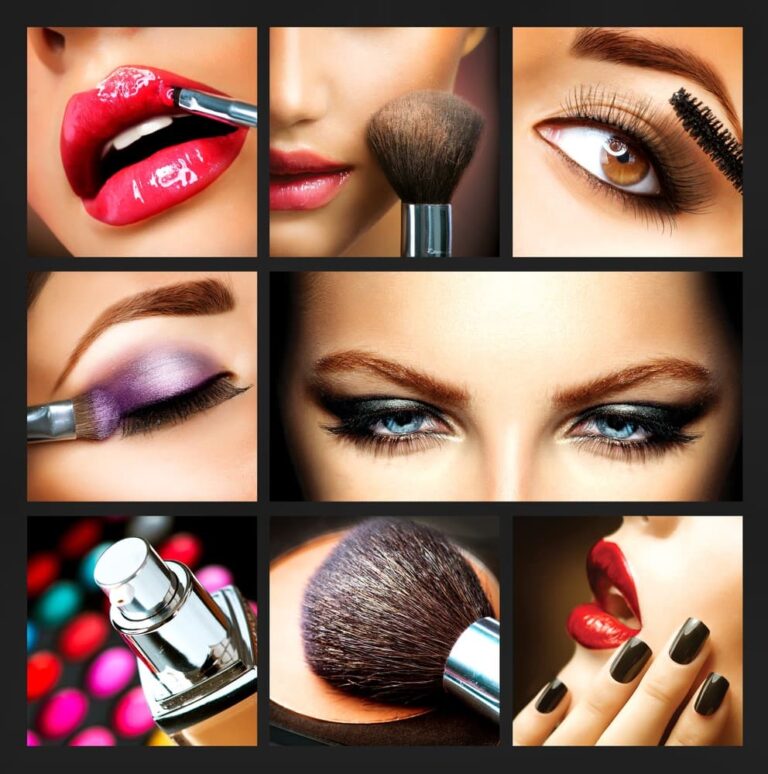

when I was young I wouldn’t run any other way,cant now because of my age,,but still hate wearing shoes of any kind
I go barefoot whenever I can. I do not however run unless I’m being chased by a lion.
Oh you just made me laugh out loud! That’s about what it takes to get me to run these days, too!
I never tried barefoot running, maybe when I was very young. I think I would try it in the grass at first although I think am better off walking in the grass, it would be safer for me too!
i have heard of this many times. but i have never tried it. i need the support of my shoes. i would not mine running in the sand along the beach but not on the road. i remember when the running shoes came out that were supposed to be like running barefoot. i like more cushion in my running shoes.
I havent ever ran barefoot, however we do have a beach near by, so maybe this would be good to try out!